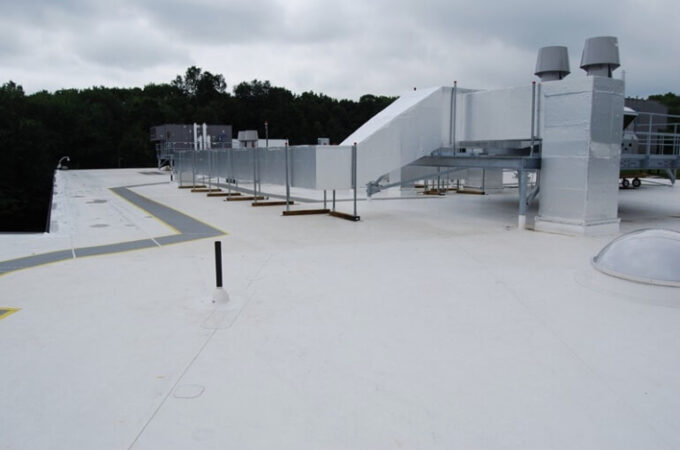
How to Make a Successful Water Leak Insurance Claim?
Water leak incidents can be quite disruptive and costly for homeowners. Water leaks can result in significant damage, whether it be from a burst pipe, a leaking roof, or a malfunctioning appliance. Fortunately, homeowners often have insurance policies that can help cover the costs associated with repairing the damage. In this article, we’ll explore how to make a successful water leak insurance claim.
1. Introduction
Dealing with a water leak in your home can be overwhelming, and the last thing you want to worry about is the insurance claim process. However, understanding how to navigate this process can make a significant difference in getting the financial assistance you need to repair the damage effectively.
2. Understanding Water Leak Insurance Claims
What is a water leak insurance claim?
A water leak insurance claim is a formal request you make to your insurance company to seek financial assistance for the damages caused by a water leak in your home. This claim is a vital part of the homeowner’s insurance policy, designed to provide you with the support you need during such emergencies.
3. The Importance of Proper Documentation
To ensure the success of your water leak insurance claim, thorough documentation is essential.
Documenting the incident
As soon as you discover the water leak, document the incident by taking clear photos and videos of the affected areas. This visual evidence can be crucial when filing your claim.
Gathering evidence
In addition to photos and videos, gather any related documents, such as receipts for repair materials, invoices from contractors, and any other proof of expenses related to the incident.
4. Notifying Your Insurance Company
Once you’ve documented the incident, it’s time to notify your insurance company.
5. Choosing the Right Contractor
Hiring a professional
Selecting the right contractor to repair the damage is essential. Ensure they are licensed, insured, and experienced in dealing with water damage repairs.
Getting multiple estimates
Obtain multiple repair estimates and share them with your insurance company. This will help establish the scope and cost of the repairs.
6. Dealing with Adjusters
Meeting with the insurance adjuster
Your insurance company may send an adjuster to assess the damage. Be prepared to show them your documentation and provide any additional information they require.
Negotiating the claim
In case of discrepancies in the claim amount, be prepared to negotiate with your insurance adjuster.
7. The Claim Process
Filing the claim
Submit the necessary documents to your insurance company to initiate the claim process. Provide them with all the information they request.
Review and approval
The insurance company will review your claim, and once approved, they will provide you with the settlement amount.
8. Repair and Restoration
Completing the necessary repairs
Use the settlement amount to carry out the required repairs. Ensure the work is done professionally and according to the insurance company’s guidelines.
9. Claim Denial
Reasons for denial
If your claim is denied, it’s essential to understand the reasons behind the denial.
Appealing a denial
You have the option to appeal the denial if you believe your claim was unjustly rejected. Provide additional evidence or documentation to support your case.
10. Additional Living Expenses
Understanding ALE coverage
If your home becomes uninhabitable due to the water damage, your insurance policy may provide coverage for additional living expenses (ALE). Keep track of these expenses for reimbursement.
11. Tips for a Successful Claim
- Report the incident to your insurance company as soon as possible.
- Follow the insurance company’s guidelines and procedures for filing a claim.
- Maintain open communication with your insurance company throughout the process.
- Keep records of all correspondence and interactions related to your claim.
- Be honest and transparent when providing information to your insurance company.
12. Common Pitfalls to Avoid
- Procrastinating in filing the claim.
- Neglecting to properly document the incident.
- Failing to hire a qualified contractor.
- Not appealing a denial when there’s a valid case for it.
13. Conclusion
Making a successful water leak insurance claim requires thorough documentation, clear communication with your insurance company, and the right professionals by your side. By following the steps outlined in this article, you can navigate the process with confidence and secure the financial assistance you need to restore your home.
14. Frequently Asked Questions (FAQs)
Q1: How long do I have to file a water leak insurance claim?
Most insurance policies require you to report the incident within a reasonable timeframe, often within 24 to 48 hours of discovery.
Q2: Can I choose any contractor to repair the damage?
While you have some freedom in selecting a contractor, it’s advisable to choose one that is licensed, insured, and experienced in water damage repairs.
Q3: What can I do if my claim is denied?
If your claim is denied, you can appeal the decision by providing additional evidence and documentation to support your case.
Q4: Will my insurance policy cover additional living expenses?
Many insurance policies include coverage for additional living expenses if your home becomes uninhabitable due to the water damage.
Q5: How long does it take to receive the insurance settlement?
The time it takes to receive your settlement can vary, but it’s essential to stay in communication with your insurance company for updates on the timeline.
In summary, knowing how to make a successful water leak insurance claim is vital for homeowners facing such unfortunate incidents. By following the proper procedures, documenting the damage, and working closely with your insurance company, you can navigate the claim process effectively and get the support you need to restore your home.





